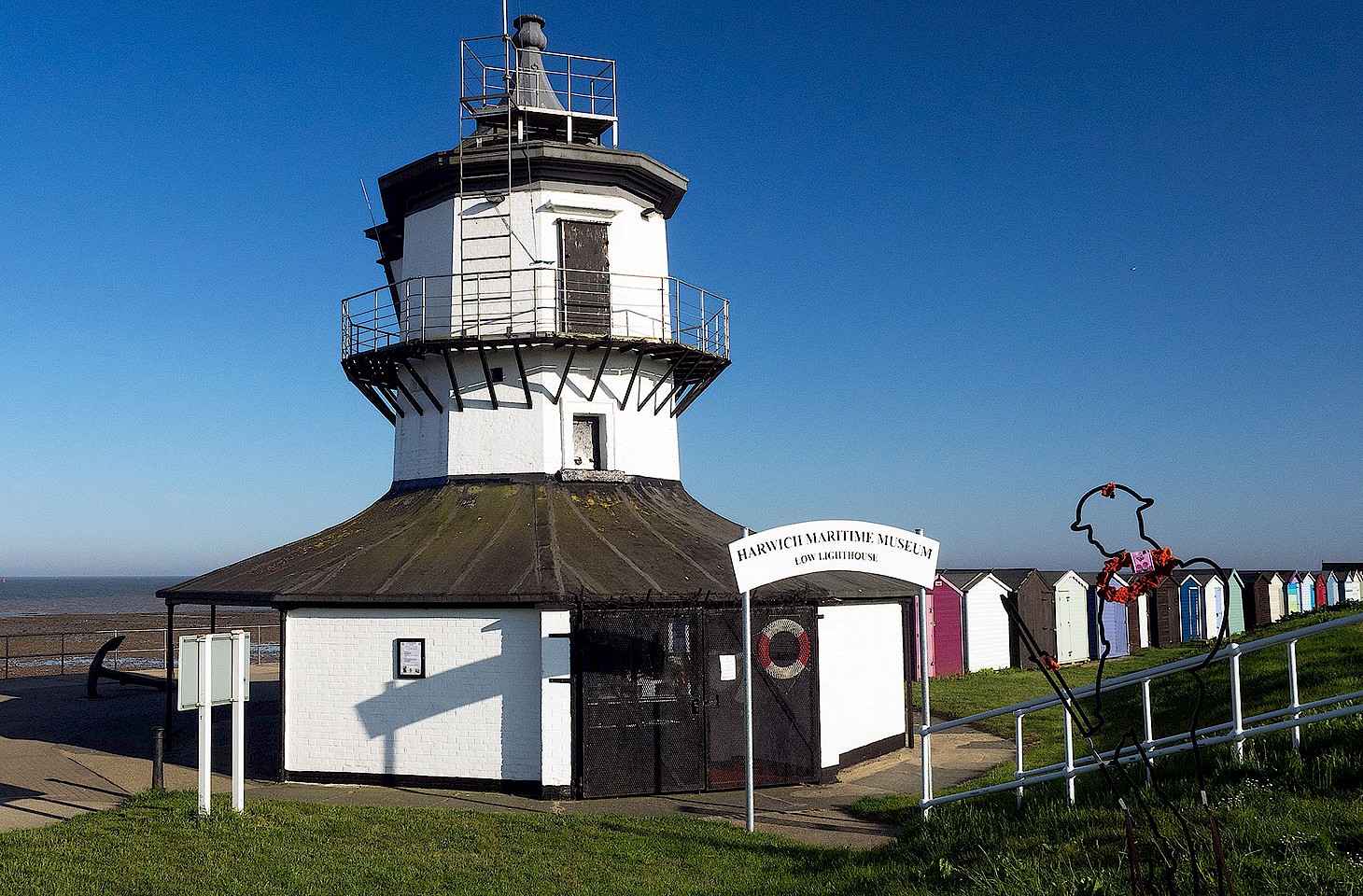hidden europe 27
Ecclesiastical geographies
by Nicky Gardner
Summary
Church bureaucrats divide the world into dioceses. The process throws into prominence places that figure little in the secular world. Bishops preside over territories like Gor, Ombi and Sodor. hidden europe takes a look at some unusual geographical titles of European bishops.
The old town of Harwich, a port in the county of Essex on England's North Sea coast, is tucked away on the end of a peninsula. Maritime connections have shaped the development of Harwich. It's a place for sea breezes, rock oysters and watching the ferries come and go.
mapping the special appeal that remote island communities have held for filmmakers: Whisky Galore!, Stromboli and more
hidden europe explores a little moment in cinematic history that led to a Hebridean island getting its first proper road




